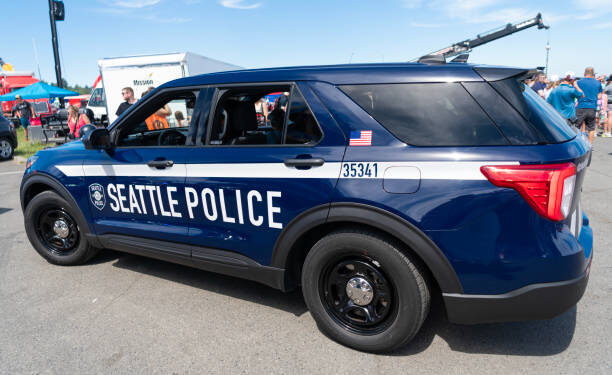Seattle’s historic International District—which includes Chinatown, Nihonmachi (Japantown), Filipinotown, and Little Saigon—is grappling with a troubling surge in violent crime and public safety concerns. In early 2025, this culturally rich area has witnessed a noticeable escalation in criminal incidents, prompting both residents and community leaders to demand urgent and lasting interventions.
The wave of violence in the neighborhood was notably punctuated by two mass stabbings occurring within a 38-hour window in November 2024. These attacks resulted in ten injuries and sparked fear and outrage among local residents and business owners. The violence continued into December with the fatal stabbing of a public bus driver, further emphasizing the pressing need for stronger safety measures. These high-profile incidents have cast a spotlight on long-standing issues of drug use, public disorder, and insufficient mental health support in the area.
Community leaders, including former Seattle City Councilmember Tanya Woo, have taken a vocal and active stance in the push for comprehensive public safety reforms. Woo, who remains deeply involved in local advocacy, has called for the creation of a multi-agency task force specifically dedicated to addressing crime and open drug activity in the International District. This initiative aims to complement the work of an already active enforcement team that has shown early signs of progress, reporting a 51% increase in felony arrests and a 34% reduction in high-priority emergency calls within the first two months of 2025.
Despite these promising statistics, many residents remain skeptical about the sustainability of law enforcement’s presence in the community. Longtime market owner Phu Truong shared that although there has been a visible uptick in police patrols, the neighborhood often slips back into disorder once officers leave the scene. This recurring cycle has raised concerns that temporary enforcement surges may offer only short-term relief rather than long-lasting safety.
Woo and other advocates emphasize the importance of a holistic approach that goes beyond policing. A balanced strategy, they argue, should include expanded access to addiction treatment, housing assistance, and mental health resources. Tackling the root causes of crime, particularly those stemming from drug addiction and homelessness, is essential to building a healthier and safer environment for everyone in the community.
The revitalization of Seattle’s International District is not only a matter of public safety but also of preserving the cultural and historical significance of one of the city’s oldest and most diverse neighborhoods. As efforts continue, stakeholders are united in their vision to restore a sense of peace, security, and vitality to the area. By addressing both the visible symptoms and the deeper systemic issues, the community hopes to foster a resilient district where families, business owners, and visitors alike can thrive without fear.
The ongoing developments in the International District reflect a broader conversation about how cities can balance safety with compassion and cultural preservation. For those following the situation closely, this moment presents a critical opportunity to reimagine public safety in one of Seattle’s most iconic neighborhoods.







